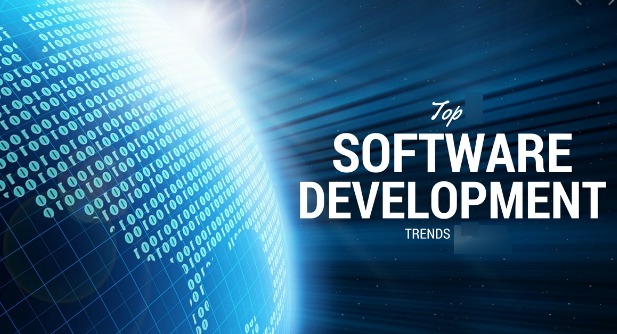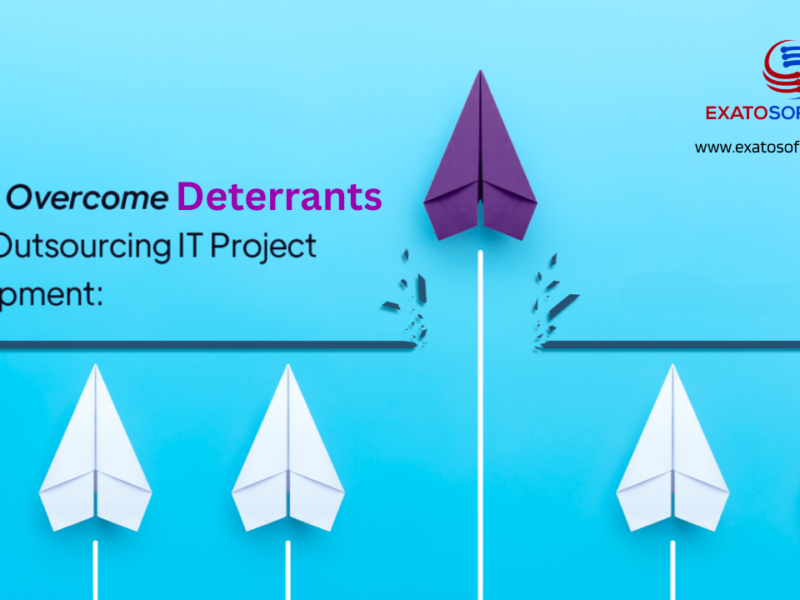Digital Transformation entered the personal and professional lives of most people.
Today we try on shoes before buying them, we talk with our voice assistant and we analyze any data that is produced by the web.
But do you know what the problem is? This transformation is running faster and faster!
If you are an entrepreneur, or you deal with IT, you must absolutely stay updated on new technologies in order not to disappoint business needs.
What happens to companies that use obsolete technology?
They risk being overtaken by the competition, they will never reach excellence and they need much more investment and much more time to achieve mediocre results.
You don’t want this to happen, do you?
Then find out immediately the 10 software trends that you should learn to stay on the cutting edge in the next year.
1. Internet of Things
One of the digital trends, which made its appearance already in 2019, this year, will explode with all its potential. We are talking about the IoT.
Literally translated as “Internet of Things”, it is a system that allows you to join the network with the physical objects we use in everyday life to create a bridge between real and virtual life.
The purpose of the Internet of Things is to improve people’s lives and, on the other hand, to provide a new monitoring tool for companies. Thus, devices, machines, and vehicles will have a completely different impact on our lives.
What does the Internet of Things allow you to do? It goes from managing work remotely to detecting traffic to monitoring energy use.
Undoubtedly, these intelligent objects facilitate the work of companies from many points of view such as data collection, remote control, and speeding up of production processes.
Which sectors will be most affected in 2020? They are part of both the industrial and domestic sectors. The 3 areas that will benefit most will be telecommunications, of course, followed by healthcare and construction.
According to what is learned from the site of the well-known company Norton, by 2025 it is estimated that devices equipped with the Internet of Things will reach a share of 21 billion.
2. Chatbot
Chatbots are spreading more and more. Indeed, the market expects the annual growth rate to increase by 27% until 2025.
Today, this software is no longer a mere response script. They are becoming more and more articulated, improving the remote assistance service that companies can offer to their customers.
According to a survey by BI Intelligence, it seems that in 2020 the brands that will use the chatbot will represent 80% of the market.
It is a system particularly loved by customers because they can get assistance quickly and professionally, from the moment before making a purchase to post-sales.
Executives continue to invest in the potential of chatbots to offer increasingly personalized interactions for both customers and employees, taking advantage of this technology already in the training course of their collaborators. Many also use it to probe and interact with the candidates.
3. Artificial intelligence
UX communities agree. Artificial intelligence reduces the need to type and click, therefore the user interface will eventually disappear and we will have computational skills that adapt organically and seamlessly in the contexts of our lives.
According to research by Gartner, the industries that introduced artificial intelligence in their business had a growth of 270% compared to 2015.
He also established that 80% of the new technologies that will be developed by 2021 will be based precisely on artificial intelligence.
There are many areas in which artificial intelligence will be implemented. We move from chatbots, which we have just analyzed, to image recognition or data analysis software.
Artificial intelligence greatly increases the performance of companies that implement it within their technologies. Every software developer must understand what the most relevant applications of this technology may be and from which one would benefit most at the company level, so as to undertake a process that can make a difference.
4. Blockchain
For years known as the carrier technology of Bitcoins, today the blockchain is expanding into areas that will affect everyday life.
We have seen the main application of the blockchain in the banking sector, it is undeniable, but now it is expanding more and more in the Fintech sector, a set of software used by companies to give a turn to financial services.
Thanks to the Ethereum platform, mainly, developers can create smart contracts, i.e. contracts completely managed by the blockchain that can affect one or two parties.
These contracts defined as “intelligent”, written entirely in code, will be applied in the insurance, sale and crowdfunding fields.
Smart contracts represent the future because they directly allow interested parties to enter into contracts by eliminating intermediaries and ensuring greater security, speed, and economic convenience.
5. Big Data
New technologies are able to extrapolate more and more data from the web and their analysis depends on the success or failure of the strategies adopted at the company level.
According to what Statista attests, it seems that the Big Data market will reach 103 billion dollars by 2027. So, we can confidently say that Big Data represents a software trend already in 2020.
Where does the data that companies can analyze come from? From any channel that goes from applications to the Internet of Things to data stored in the cloud.
Knowing how to read and organize Big Data is one of this year’s priorities at the company level and software developers must be able to collect and reproduce them at the company level in the form of graphs.
6. Augmented and virtual reality
Augmented reality no longer remains an area relegated to the world of video games, but is slowly being transformed into a marketing and branding tool.
We have already seen some examples of augmented reality in the IKEA application that allows you to see if the furniture you like is comfortable in your living room before buying it.
According to IDC, the augmented reality market, combined with virtual reality, has reached a figure of 1.6 billion dollars.
In addition to transforming the entertainment sector, augmented reality and virtual reality today want to improve even other sectors such as healthcare, remote work, retail, etc.
The real and virtual worlds are merging!
7. 5G
Wireless communication has never been so fast! In 2020, 5G technology will appear which will represent a real giant leap in the telecommunications sector.
Browsing will be faster, as will downloading and uploading.
But 5G is not a novelty only for end users, but also for professionals who will see work completely revolutionized.
According to research by Statista, the number of 5G subscriptions in the world, calculated in a time span from 2020 to 2025, will reach a share of 2.61 billion.
Among the advantages of 5G, there is not only speed but also safety. The data that is exchanged over the network will be less exposed to risks.
In addition, many of the technologies we have seen before will benefit from a much faster network than the current one.
8. Progressive Web App
Software development will also focus in 2023 on Progressive Web Apps, i.e. web applications that load on the network like normal pages but which have more similar functionality to those of the applications.
Google encourages the development of these applications because they greatly improve the user experience, adapt better to mobile devices, are more practical, and can be installed directly on their website.
Born as a solution for newspapers and magazines, today more and more brands are deciding to implement Progressive Web Apps with remarkable results both from the point of view of user satisfaction and positioning on the search engine.
9. Cybersecurity
From the research that emerged in Kaspersky’s IT Security Economics report, in 2020, 66% of SMEs will increase their investments in the IT security sector after several cyber-attacks that took place last year.
The data circulating on the net are increasingly detailed, the legislation imposes increasing security for companies and they must adapt to guarantee a safe environment for themselves and their customers.
A particularly risky sector is that of smart working, a phenomenon that is on the rise at a corporate level because laptops do not always connect to secure home networks.
Other attacks may be aimed at the clouds where data is stored. Developers have many challenges in cybersecurity.
10. IT Outsourcing
Proceeding in the analysis of new emerging technologies in 2023, you will surely have noticed how many experts are needed in the IT field. Analysts, programmers, testers, augmented reality and artificial intelligence experts, etc.
Not all companies are able to build such a vast and diverse IT department in their corporate organization chart.
For this reason, IT outsourcing is increasingly being used. The companies rely on qualified partners who have experts trained to achieve optimal results in each of the areas mentioned above.
After all, everyone has their own job!
Conclusions
Technology continues to change our personal lives, and especially our professional ones.
Being able to master the software trends means guaranteeing economic success for your company in an era where competition becomes more and more ruthless.
If you want to get the most out of your company, rely on industry experts who can help you achieve the results required by the market in 2023.
Ask for a quote by filling out the contact form on the page. Together we can bring your company into the future!



